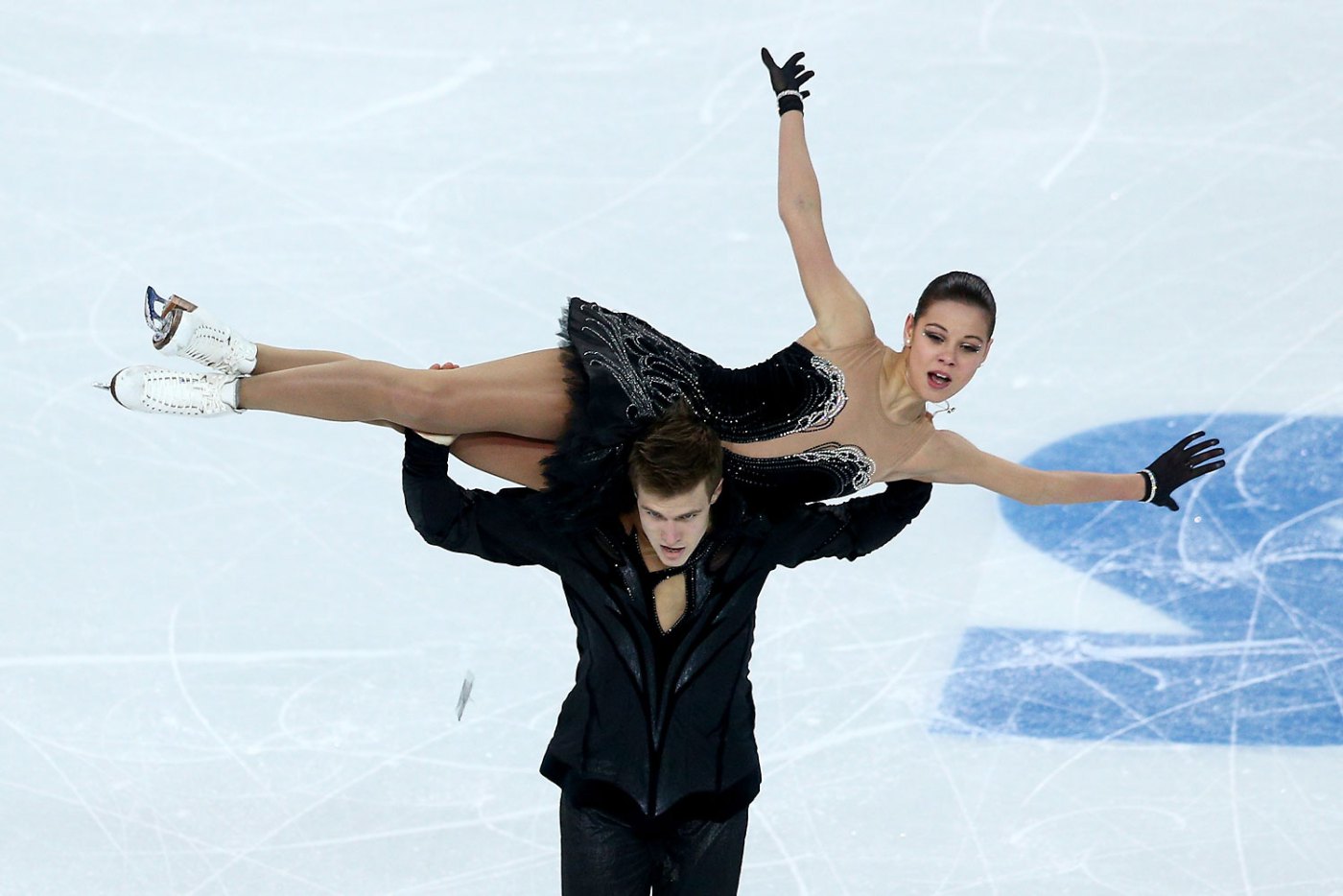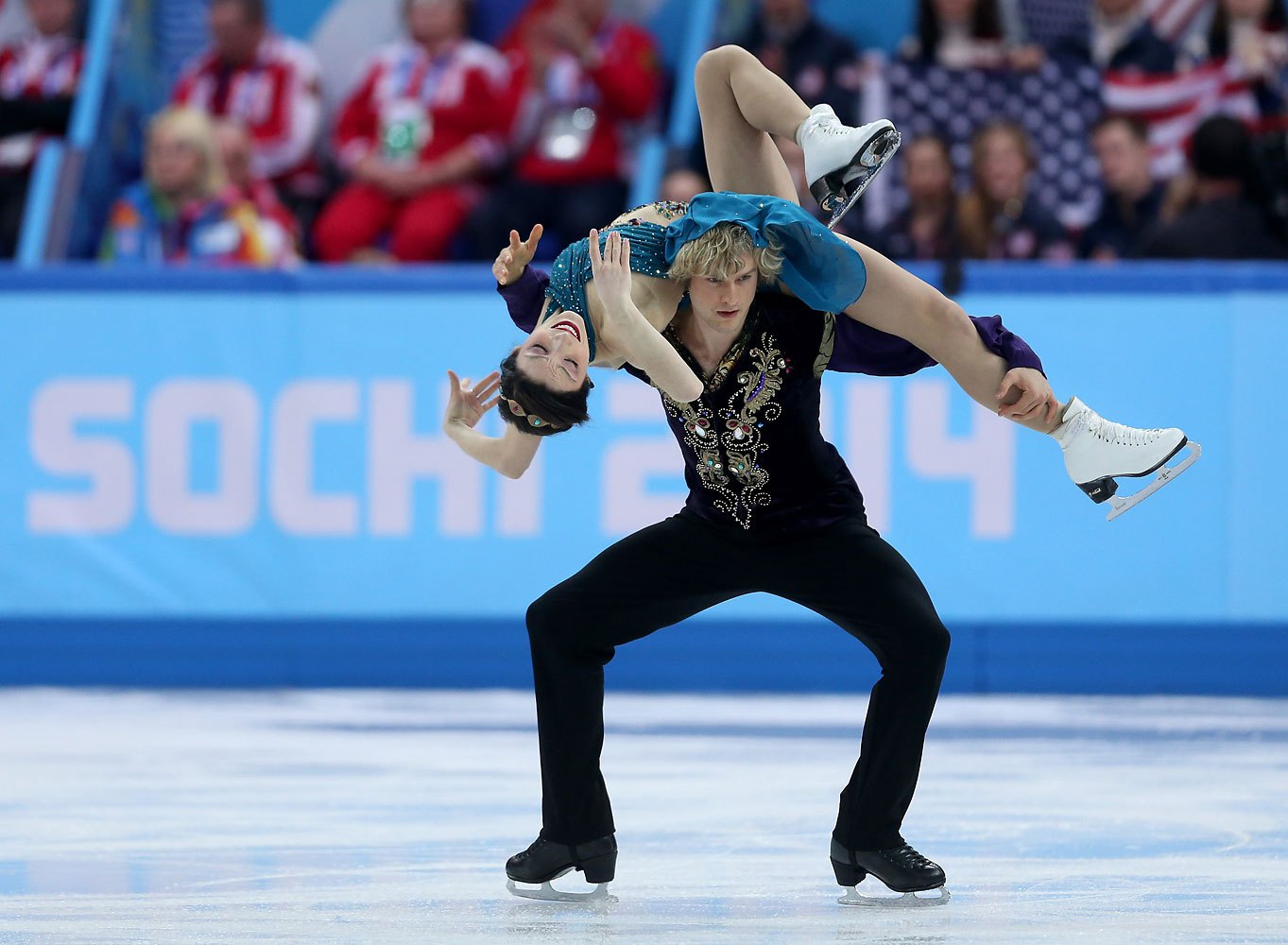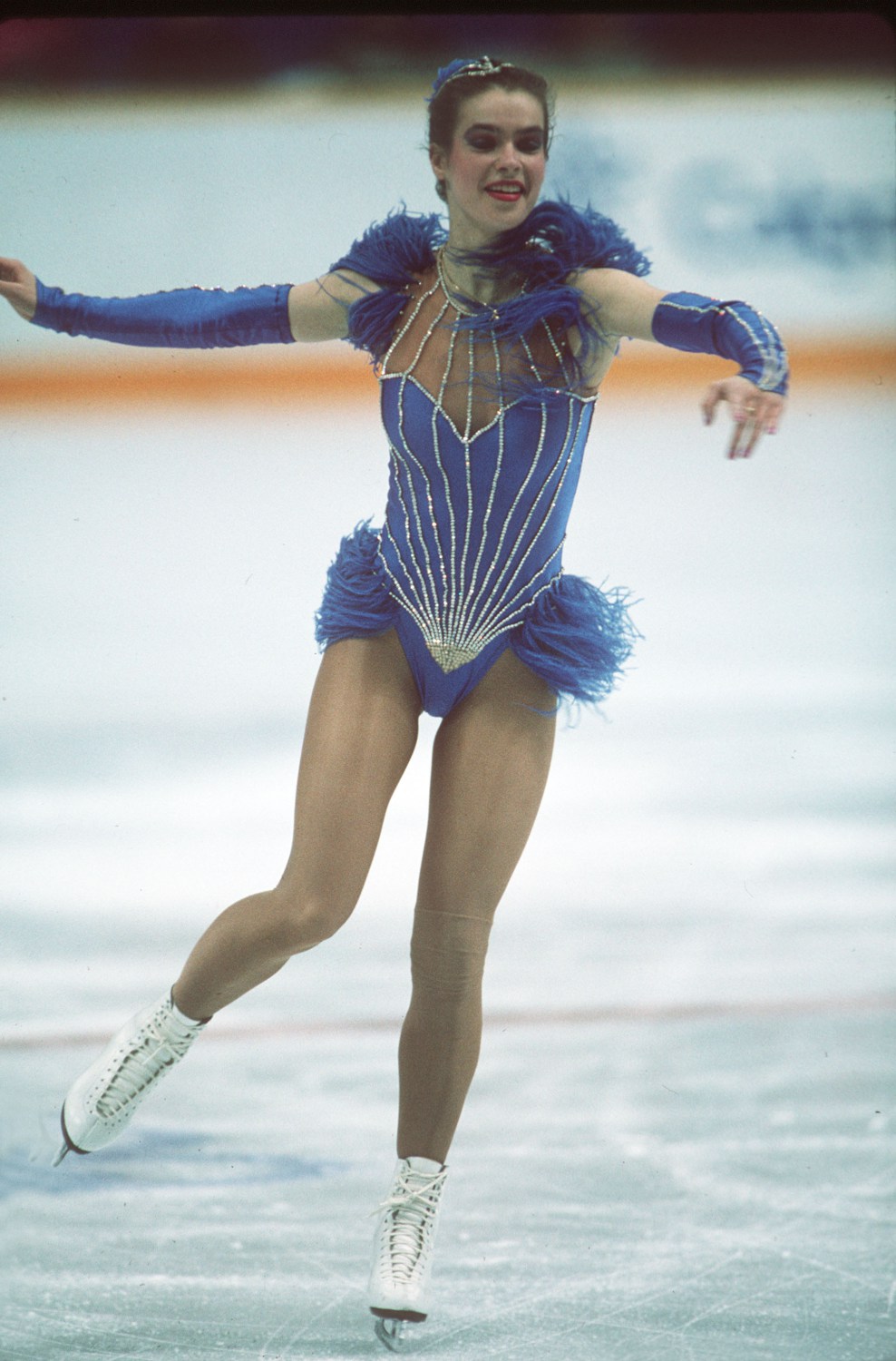
For an Olympic level skater, there are certain relationships that can make or break champions. Mom, dad and family rank pretty high, as do the coach and choreographer. But in figure skating, you can add one more – costume designer.
That’s because ocasionally the outfits become much more than showpieces, and the dressmaker much more than a seamstress. Take U.S. skater Ashley Wagner. After her disastrous performance at U.S. nationals, which were a big part of the Olympic selection process – she fell on two of her jumps in the free program – she was still named to the three-woman ladies’ team for Sochi based on her competitive record this season, over third-place finisher and Olympian Mirai Nagasu. She immediately became the target of hate mail, death threats and bullying about being gifted the spot on the Olympic squad.
“I have five kids, and all of a sudden, I lost the costumer perspective and became a mother first,” says Jan Longmire, who has been designing Wagner’s dresses for three years and designed for 2006 Olympic silver medalist Sasha Cohen. Longmire, who also creates outfits for Wagner’s close skating friends, knew from them that the skater was devastated by the response. “It wasn’t a happy thing, going to the Olympics again for me,” she says. “There was none of that excitement, and there was a cloud hanging over it, mostly because I was so concerned about her. She was demolished.”
MORE: Team Figure Skating at the Winter Olympics: What You Need to Know
Ashley Wagner’s Suit of Armor and Other Secrets of Figure Skating Costume Designers






So Longmire says she had a very different purpose in designing the dress Wagner will debut in the free skate in Sochi. “I never had a design process come from that place of not just wanting to make a nice dress for a skater that is well received because it’s pretty,” she says. “I needed to get her into a place of some kind of empowerment. I was not going to make her a dress, I was going to make her a suit of armor.”
That kind of suit doesn’t come cheap. Olympic caliber dresses can cost anywhere from $1500 to $3000 and up, and with most skaters commissioning several outfits per season, the annual bill for costumes alone can tally tens of thousands of dollars. Skating federations can pay for up to 50% of the cost of outfits for the most talented skaters, but for the rest, it’s up to them to find the right dressmaker who can sew up a competition-worthy outfit for the right price.
There are a handful of skating costumers that elite level competitors keep busy — from Jeff Billings, who designed 2002 gold medalist Sarah Hughes’ lavender creation; Tania Bass, who also worked with Hughes and was considered for reigning Olympic champion Yuna Kim’s costumes in Sochi; to Longmire.
The more, the better for some competitors, since skaters often keep tabs on which of their competitors are using a particular designer. Bass says she was asked by Korea’s Kim about her choice of outfits, which Kim debuted at an Olympic qualifying event in Croatia, after rival Mao Asada of Japan went to Kim’s longtime dress designer. Kim’s team decided to go with another costumer, but clearly wanted to ensure that the reigning queen of Olympic ice remained the only queen in the fashion department as well.
That’s likely why U.S. ice dancers Meryl Davis and Charlie White, who won the country’s historic first gold in the event in Sochi, have used the same local designers, Stephanie Miller and LuAnne Williams, who live near them in suburban Michigan, since the duo began skating in 1997. Davis, says Miller, has come a long way. Davis was once too modest to have any cutouts that showed skin underneath but competed this season in a bare midriff (albeit covered with illusion fabric).
It’s just a piece of clothing, but it’s no accident that in skating it’s also called a costume. Like theater actors who become their characters when they don their costumes, skaters too get a boost from having the right outfit to portray their story on the ice. Wagner herself said she “wasn’t able to connect well” with the Juliet character she adopted this season in her free program, and ordered three different dresses to help her get more comfortable with the role.
After her disappointing performance at nationals, Wagner begged her coach to allow her to bring back the conniving Delilah of Samson and Delilah fame, who she played last year, in a slightly reworked routine. The decision was symbolic in a way; she had skating followers buzzing over her choice of color in playing Delilah at the time because her dress was…yellow.
“It was very controversial because skaters just don’t wear yellow; it’s one of those no-no things,” says Longmire.
MORE: Medals Aren’t Enough: Female Olympians Still Have to Sell Sexiness
Why? There doesn’t appear to be any rational reason for it, says Longmire, but may be based on color snobbery that considers yellow less classic than the more traditional colors on the ice.
Well, hold on to your sequins because when Wagner commissioned a new dress to portray Delilah in Sochi, “I said it could be any color as long as it was yellow,” says Longmire. “I told her, you are going to be the defiant girl you were last year.”
This time, however, Delilah got an upgrade. “Delilah last year was a working girl, and now she’s been paid off, and she’s gone downtown to do some serious shopping,” says Longmire. “The look this year has more jewelry, more crystal.”
MORE: Lessons from The Team Event: Why It’s Tough to Be a Skater If You’re Not From Russia
She produced a new dress in a week a half, record time for couture-worthy creations that generally take 70 hours to 100 hours to make. Longmire rushed the costume over to Wagner’s last practice in California before she left for Sochi, and made it just in time for her to skate around in the outfit for a few minutes. She took the dress home for some last minute changes, and delivered it to Wagner’s house at midnight that evening, four hours before her early morning flight to Russia.
“I mentioned that this was her suit of armor, and I said that I thought of her with every bead I sewed on,” says Longmire. “I told her that this dress was for her to kick butt for no other reason than that she deserved the power in that dress.”
Whether Wagner brings home any hardware from Sochi isn’t important; for Longmire, she simply hopes that the girl who started paying for her dresses with earnings from selling jeans at the mall, comes back from the Olympics with positive memories instead of more demons. If a dress can do that, it’s worth every penny.
More Must-Reads from TIME
- Your Vote Is Safe
- The Best Inventions of 2024
- How the Electoral College Actually Works
- Robert Zemeckis Just Wants to Move You
- Column: Fear and Hoping in Ohio
- How to Break 8 Toxic Communication Habits
- Why Vinegar Is So Good for You
- Meet TIME's Newest Class of Next Generation Leaders
Contact us at letters@time.com